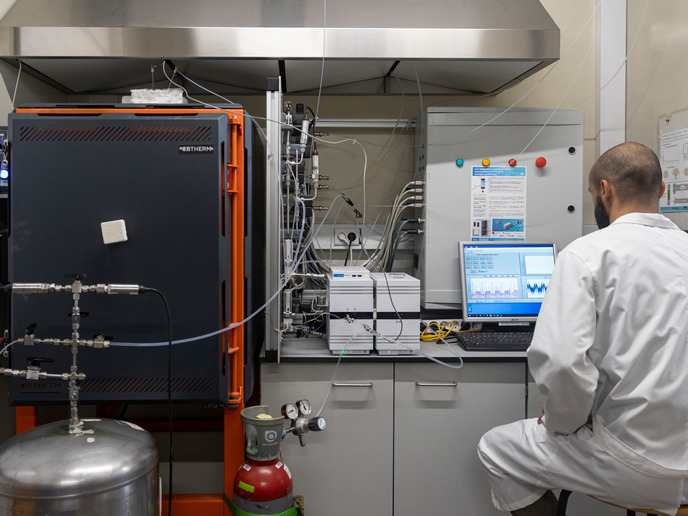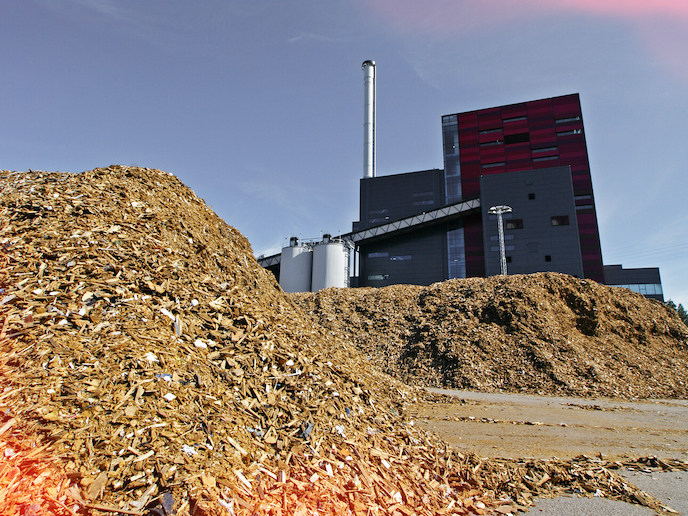Disruptive technology valorises methane splitting
To meet Green Deal goals, Europe must find ways to rapidly decarbonise the energy sector. Methane splitting (MS), or methane decomposition, separates methane molecules into solid carbon and hydrogen fuel. But this process presents several challenges that impede market adoption. An interdisciplinary team including universities, researchers and industries significantly advanced catalytic MS, making it a more viable decarbonised technology.
Low-temperature catalytic reactions
The EU-funded 112CO2 project began with a comprehensive study to better understand the chemical and physical process of pyrolysis. Acquiring this critical knowledge was key to the main objective of 112CO2. Project coordinator Adélio Mendes states: “The target was always to launch the fundamentals for a disruptive, low-cost technology to decarbonise the energy sector rapidly.” Temperature is a key factor in the catalytic process. Other consortiums are exploring the feasibility of using high temperatures (above 900 ºC), but this option is energy-intensive and, depending on the technology, may also be dangerous to operate. 112CO2 wanted to produce a solution using low temperatures (500-650 ºC). This was possible to achieve using pure methane, but it was concluded not to be the best approach when using natural gas or biomethane, since this technology resulted in the accumulation of contaminants inside the reactor. The project discovered that operating at an intermediate temperature (750-850 °C) resulted in a more stable reactor, with a higher power density.
Addressing carbon build-up
In both low- and intermediate-temperature reactions, catalytic MS caused solid carbon to accumulate on the catalysts. 112CO2 addressed this challenge by periodically feeding back hydrogen and reversing the chemical reaction. This caused the carbon build-up to drop off, and in low temperature conditions, regenerated the catalyst as well. Developing a very active and stable catalyst and keeping it free from carbon build-up were major achievements. “The most relevant results of the 112CO2 project are the development, for the first time, of a truly stable nickel-based catalyst and the regeneration process to peel out cyclically the formed carbon particles and get the catalyst regenerated,” Mendes states.
The future of valorised by-products
Producing clean hydrogen fuel is essential to decarbonising the energy sector. In addition to using biomethane to produce cost-effective fuels like green methanol (containing hydrogen and an intermediate reactant), the technology can further support a green future by removing CO2 from the atmosphere. Moreover, the high-value renewable graphitic materials resulting from the process have numerous applications, such as electrodes for electrochemical devices. The 112CO2 consortium overcame many challenges to produce an easy-to-use and cost-effective MS reactor that is expected to run for more than 10 000 hours without shutting down. Yet several challenges remain to be overcome before the technology is ready for implementation. For example, how best to purify the hydrogen and remove contaminants from the reactor? How best to optimise conditions and control costs regarding the structure of the catalyst and its temperature and pressure? Project partners look forward to addressing these questions in the next stage of investigation. They have received funding for an EIC Transition project, ZeroCarb, to begin in April of 2025. In pursuit of a carbon-free Europe, Mendes says: “The research team expects to build up the first truly industrial demonstrator by 2028.” Learn more about the 112CO2 project here.
Keywords
112CO2, disruptive technology, methane decomposition, methane splitting, carbon-free, catalytic reactions, carbon shaving off, nickel-based catalyst, hydrogen, graphitic carbon







